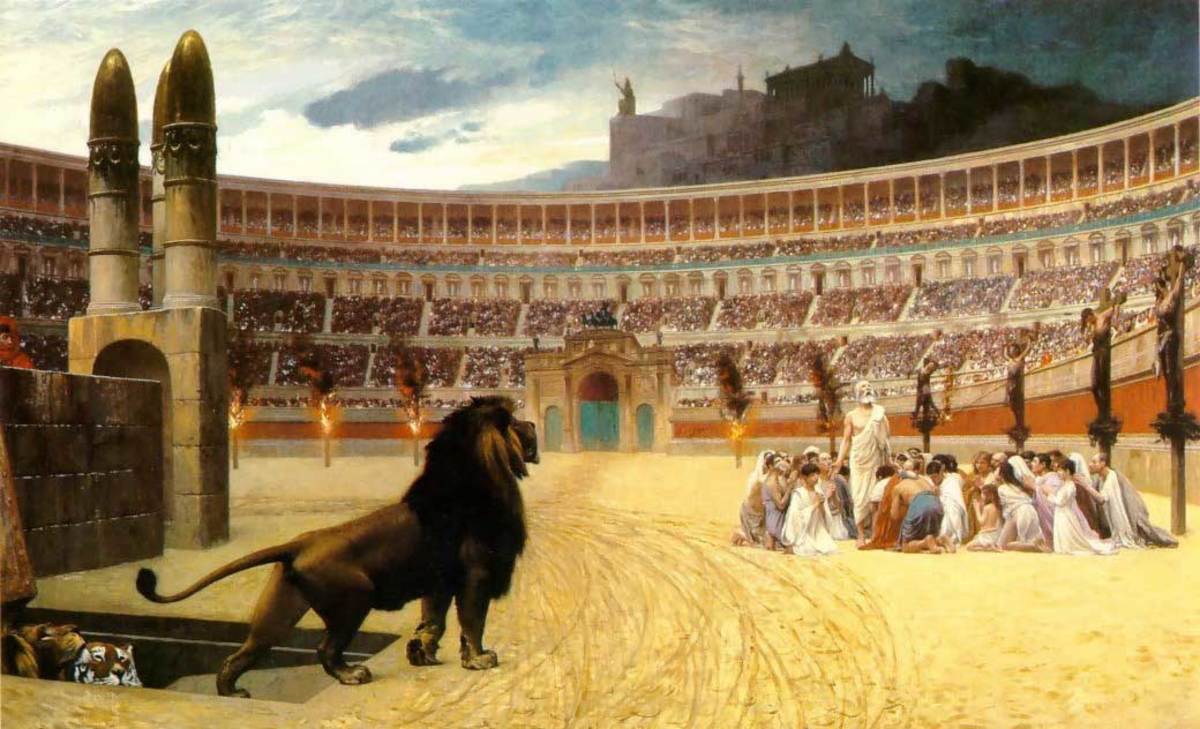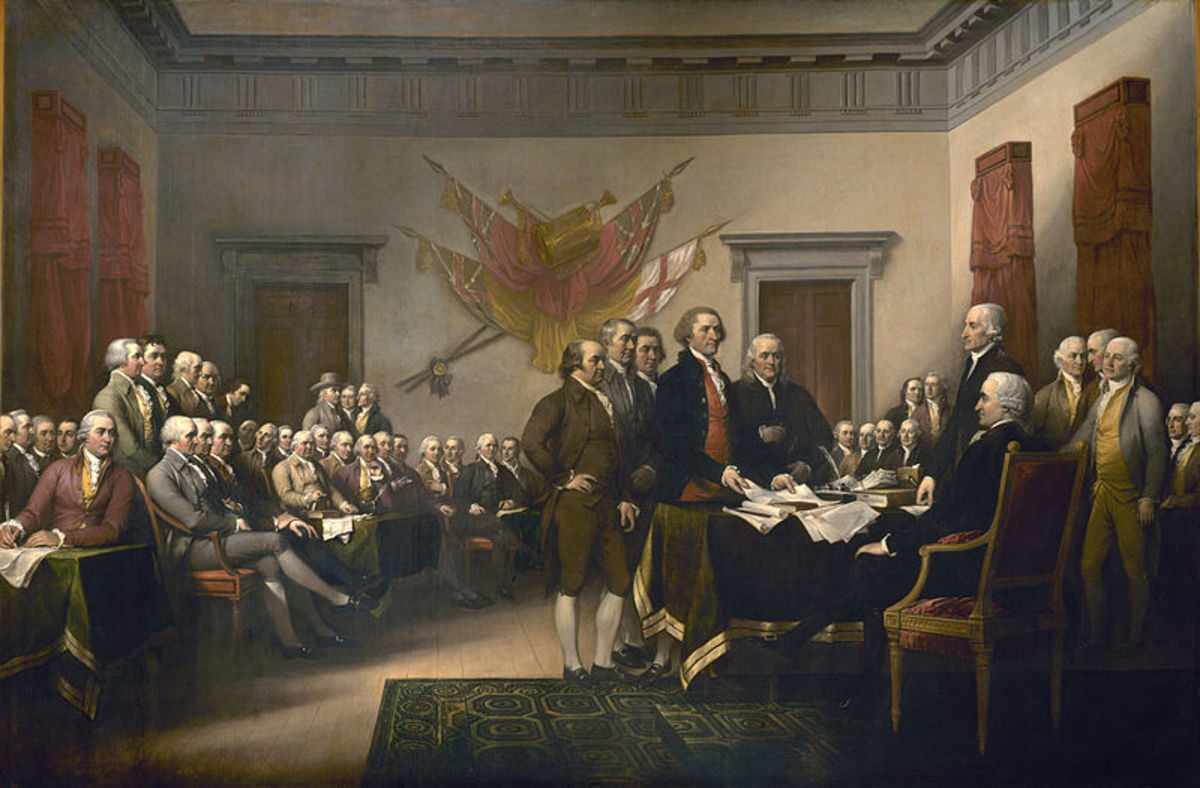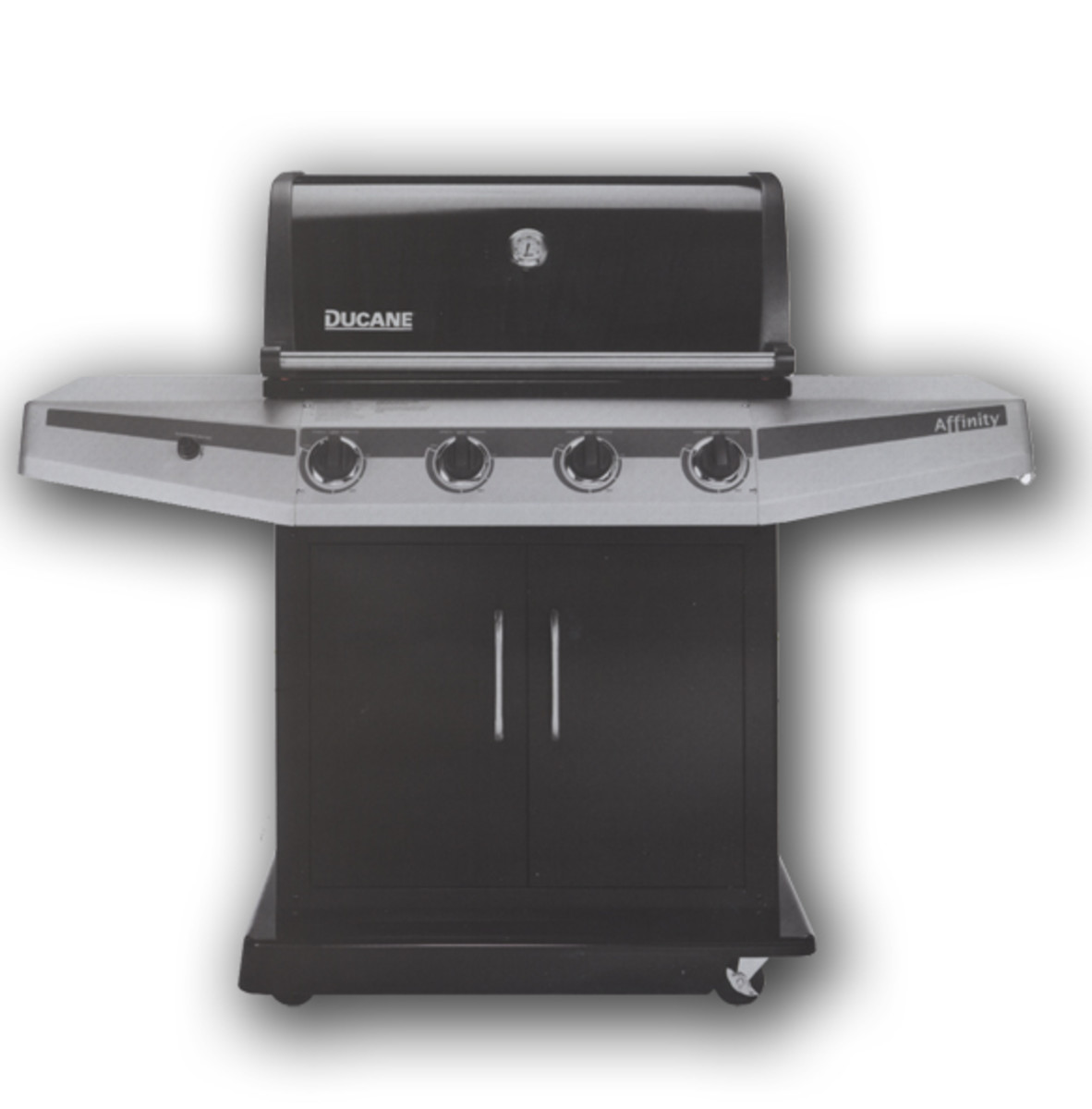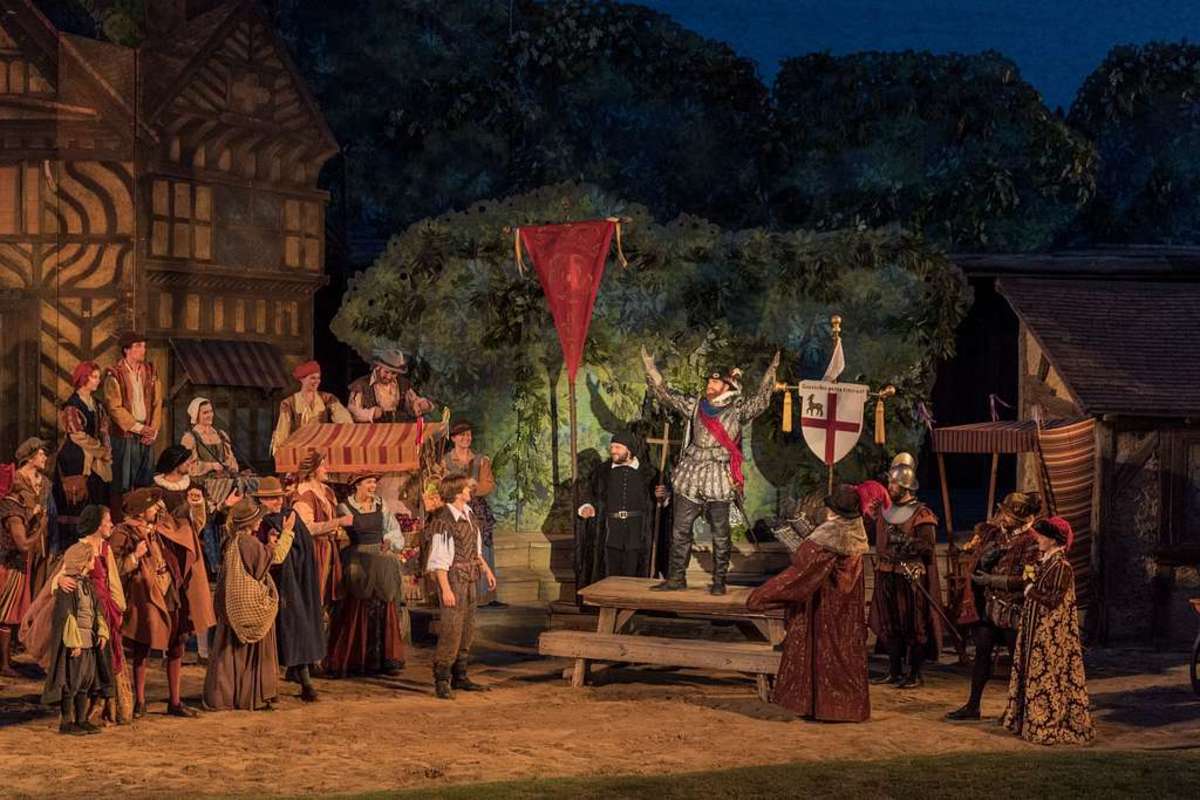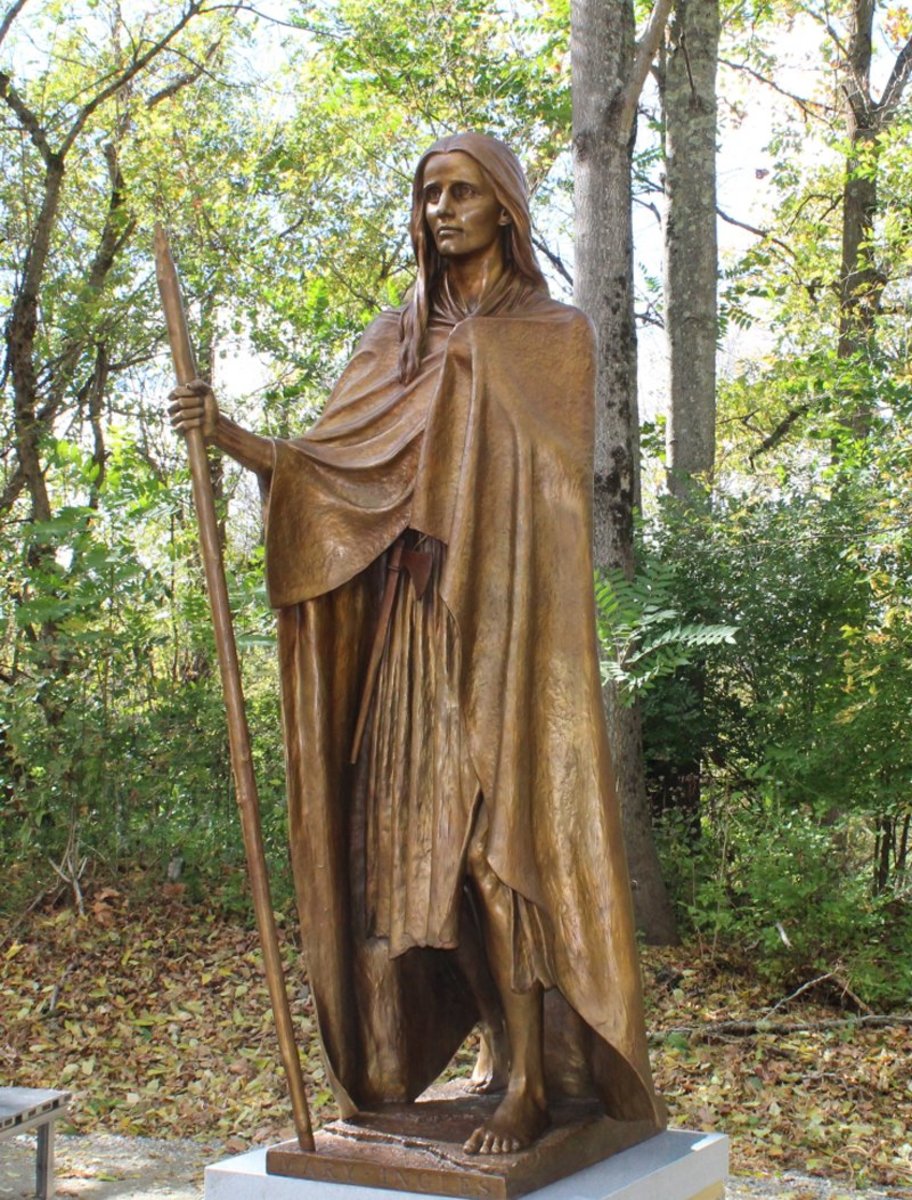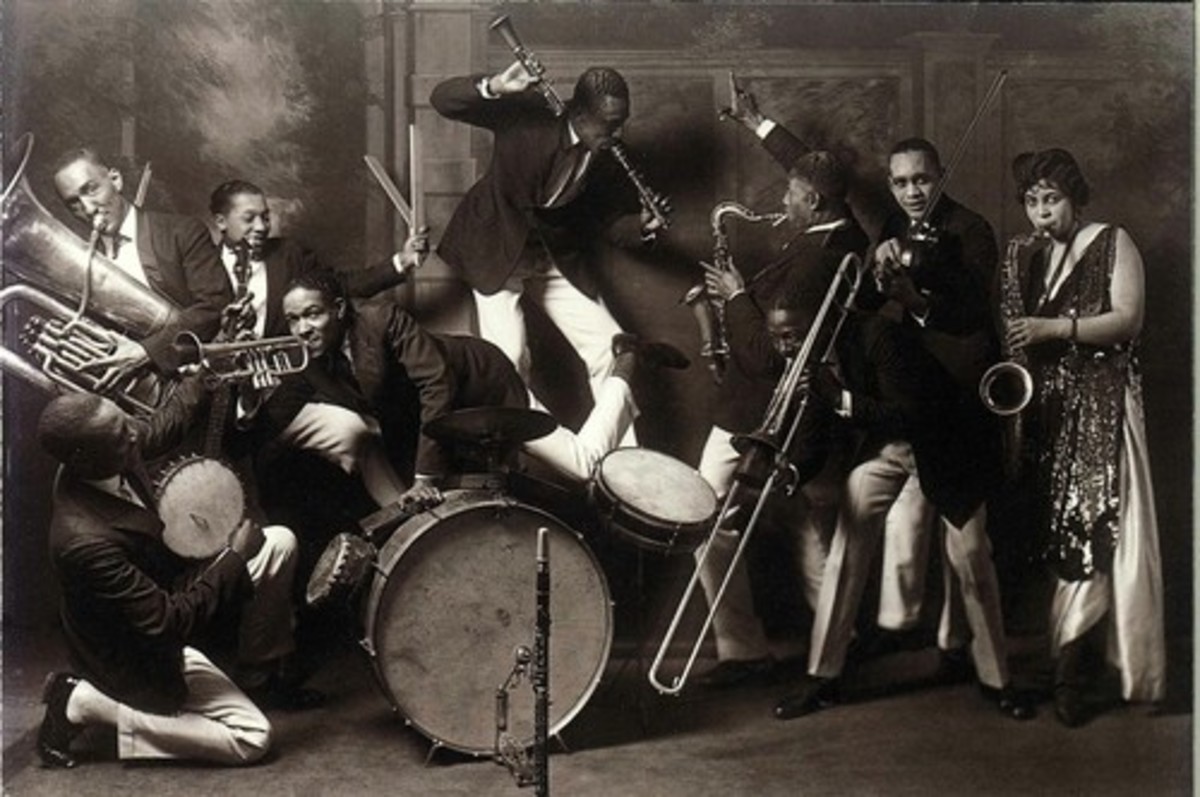- HubPages»
- Education and Science»
- History & Archaeology»
- History of the Americas
The History of American Barbecue: Politics, Churches And Railroads
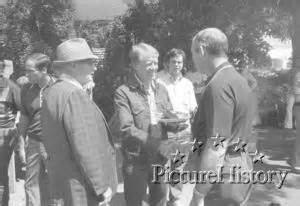
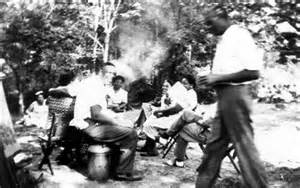
The history of barbecue in the United States is not complete without a look at its role in political and religious functions. Political candidates and temperance campaigners both used the barbecue to help their cause. Railroad officials also realized the benefits they could derive from holding a good old-fashioned barbecue.
Politics
Politicians and barbecues are part of an age-old tradition in the United States. In the early 1800s, politicians attended or held barbecues as part of their campaign. Barbecues and so-called “stump speeches,” became inextricably linked in the northern part of northern Alabama, and in the states of Carolina, Georgia, Kentucky, Tennessee and Virginia. In Alabama, the role of campaign barbecues came under fire for allegedly influencing the political process.
Yet, this did not stop politicians from hosting or attending barbecues to spread their message or to raise funds for their campaigns. In 1769, George Washington wrote, “went up to Alexandria to a barbecue.” By the 1830s, even the presidential election campaign had embraced the barbecue as a political tool. In an 1834 cartoon, then President Andrew Jackson was depicted roasting over the “flames of public opinion.” The cartoon was titled “The Political Barbecue.” President Martin Van Buren and Henry Harrison engaged in a political campaign in 1840 in which national barbecues became a major feature.
Throughout the history of American politics, barbecues became integral. Jimmy Carter, Ronald and Nancy Reagan, George H. Bush and George W. Bush all held barbecues. The honour of holding the first one at the White House, however, goes to Lyndon B. Johnson. This president’s infamous first “State Dinner” was a barbecue. The pit master was Walter Jetton (1906-1968). He prepared barbecue for some 300 guests.
Yet, it would be a mistake to say barbecues were solely political tools. Admittedly, they did bring together like-minded individual males. When males-only attended, the result could turn into drinking bouts. This is one reason why some referred to barbecues as unfair influences on voters. However, Politics was not the only institution to see the benefits of using barbecues. Churches and the Temperance Movement also came to rely on the power of barbecues.
Barbecue, Temperance, Railroads and Churches
Besides political gatherings, church groups saw barbecues as a core feature of their socials. Yet, one significant element differed. Political barbecues tended to be male events; church socials had mixed groups. With women in attendance, these Church events tended to be alcohol-free. This could not be said of political barbecues.
Church barbecues evolved over the period of the 19th century. Distrusted and scorned for the 1830s, these events grew to become accepted. By the late 19th century, barbecues became not merely social events but also an expression of community. Church barbecues brought people together for a good time. They also united church and community members behind a cause. This could be funds for a new church or to help out a family. Barbecues could raise money for projects at home and abroad.
In North Carolina, the Mallard Creek Presbyterian Church has held a fund-raising barbecue since 1929. Originally solely a church-based event, it has now expanded to include not only local residents but also visiting tourists. The 2012 Mallard Barbecue, for example, boasted some 20,000 people in attendance.
Another alcohol-free event was a Temperance meeting. Growing out of the Reform movement, Temperance groups used the barbecue to attract members. They saw it as a vehicle for spreading the word about their cause. This was an about-face. Originally, both Churches and Temperance groups condemned the barbecue. They saw it as a political tool. They saw it as part of the fast-riding, hard drinking segment of society. To these groups, drinking and barbecue were synonymous. By the end of the 1840s, the Barbecue has become, in fact, an integral part of Reform meetings. The approach was simple. Individuals came to enjoy the barbecue then remained to hear the Temperance message.
Barbecues and the Railroad
The early 19th century saw the barbecue as part of different fund-raising campaigns. Churches and political groups utilized them but so, too did those proponents of railroads. In the 1840s and 1850s, America was seized by railroad fever. The men behind the construction saw barbecues as a casual way of drawing people together to raise funds.
While not a guaranteed method, it did bring together promoters and potential investors. Barbecues provided these often questionable entrepreneurs with a platform. They gave speeches, encouraged drinking and sold subscriptions. When the first and final spike was driven into the ground, another barbecue was thrown to celebrate the event.
After the Civil War, such small ventures ceased. The big financiers moved in and took over. The search for investors continued but it generally moved to behind closed doors.
Conclusion
Barbecues comprised an important component of America’s history. It became a tool in politics, religion and reform movements. It helped to raise money for the construction of railroads and religious mission work overseas. Today, a barbecue carries on this tradition. It continues to help churches and other institutions bring together to raise money for a worthy cause.
Sources
Barbecue Diplomacy at LBJs Texas White House. http://www.grillingwithrich.com/barbecue-diplomacy-at-lbjs-texas-white-house#.UaN3stFzb64
Barbecue History. www.amazingribs.com/BBQ_articles/barbecue_history.html.
History of Barbecue in the Southern States. http://xroads.virginia.edu/~CLASS/MA95/dove/history.htm.
McWilliams, Mark. The Story Behind the Dish. Classic American Foods. Santa Barbara, Cal: Greenwood, 2012.
Moss, Robert F. Barbecue The History of an American Institution. Tuscaloosa: University of Alabama Press, 2010.
Opie, Frederick Douglass. Hog & Hominy. Soul Food from Africa to America. New York: Columbia University Press, 2008.
Reference Guide. http://www.loc.gov/rr/scitech/SciRefGuides/bbqhistory.html

